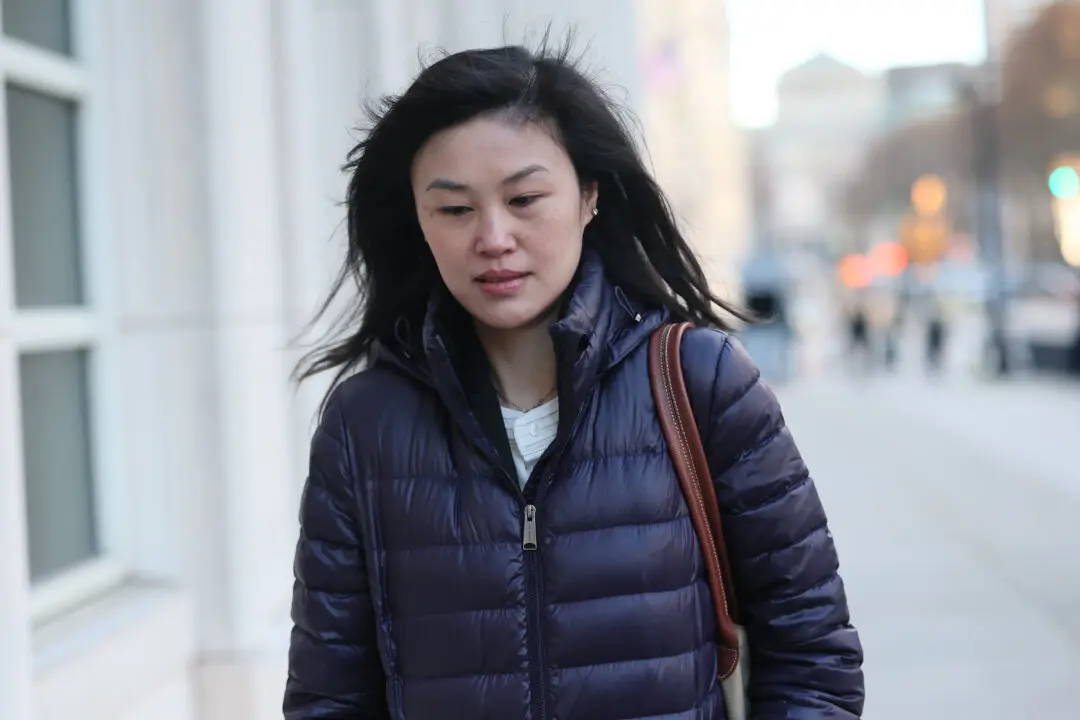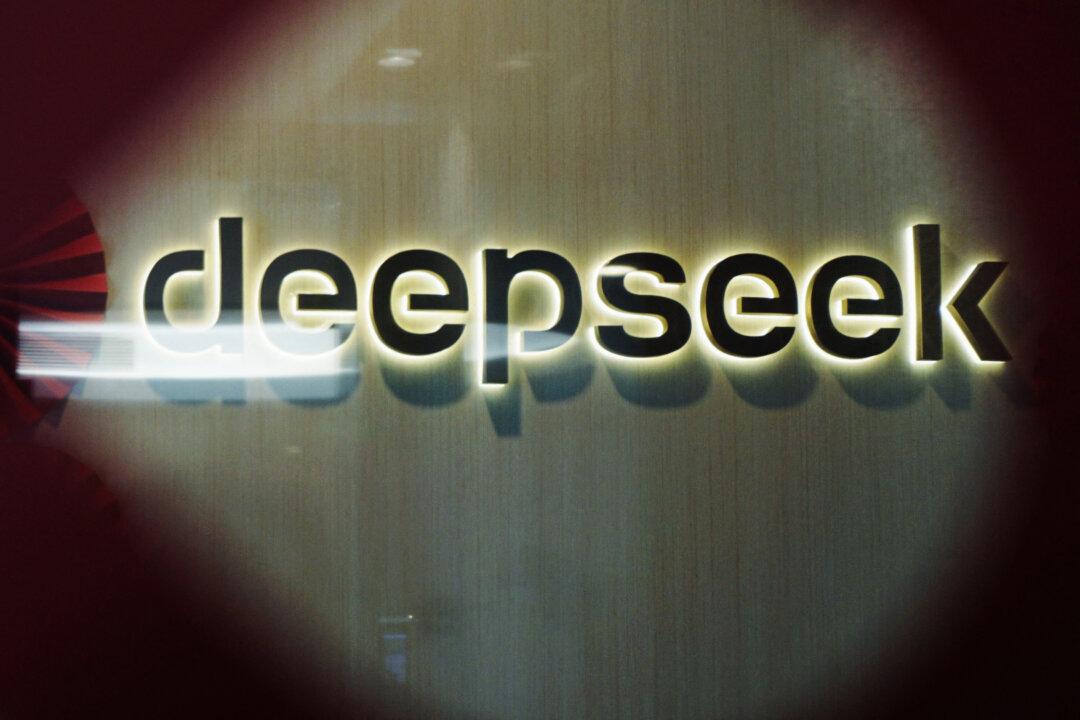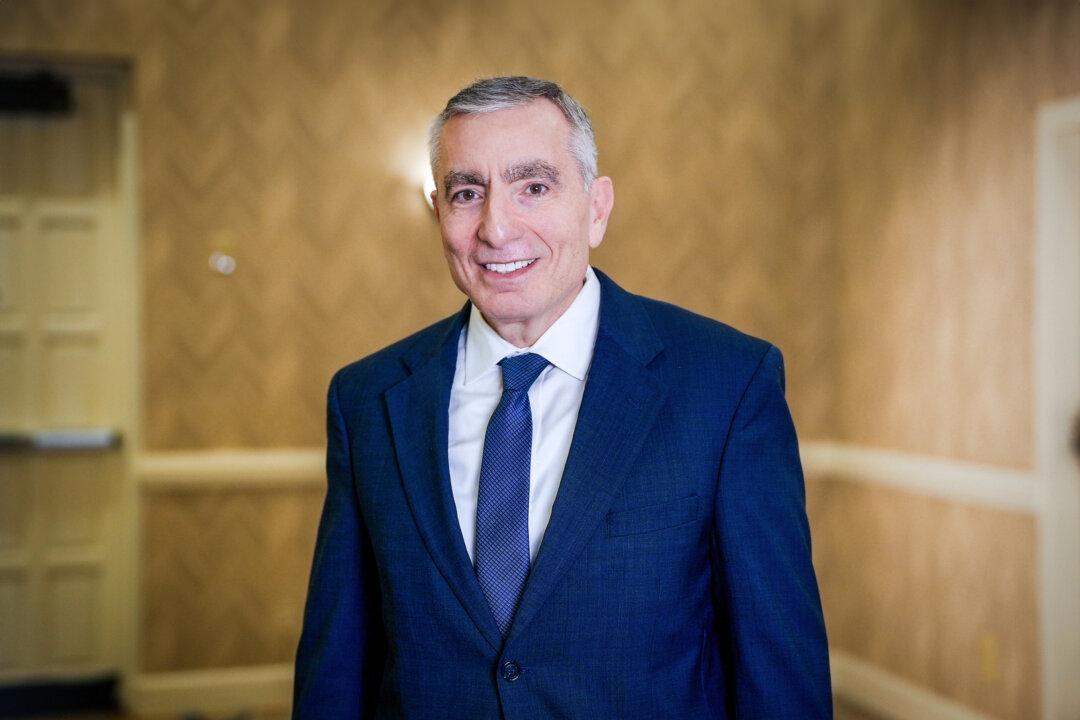Millions of Chinese citizens could be forced back under lockdown, as discrepancies in data reporting and surging COVID-19 cases in northeastern China show a second-wave outbreak of the CCP virus is now occurring.
Already, the Chinese regime has declared “wartime” status in at least two cities—including the capital city of Beijing, where authorities recently reported dozens of fever patients, whom they insisted were diagnosed with a bacterial infection and not the CCP (Chinese Communist Party) virus, commonly known as the novel coronavirus.





